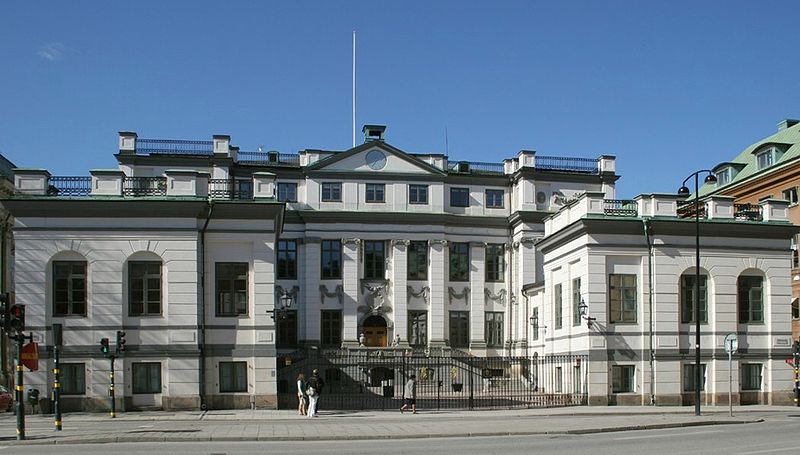The law has often concerned itself with human sexuality. Some manifestations have been considered illegal: R v Esop (1836) 7 Car & P 456; 173 ER 203. Some (fortunately) still are: Crimes Act 1958, s.49A. A form of sexuality that has had an uneven experience with the law is asexuality.
Asexuality is a somewhat complex element of human experience, but can be essentially defined as a lack of sexual attraction to others. Its encounters with the law have been uneven. In divorce cases both the asexual party and their spouse have been granted dissolution of the marriage on the grounds of impotence (See W v W [1956] VLR 389 and K v K [1951] VLR 73). On the other hand, it has also been treated with in a way somewhat at odds with the introspection required to identify one’s orientation. Sholl J remarked of the respondent in a divorce case that –
this unfortunate young woman suffers from an irrational and at present uncontrollable fear of and revulsion from sexual intercourse. … I am satisfied that she really does suffer from an uncontrollable abhorrence of intercourse to a degree which, in a pleasant-mannered and, in other respects, apparently intelligent young woman of twenty-three seems to me, I must confess, in this day and age, quite remarkable. …
… I must confess that one finds one’s mind tending to resist the conclusion that the unreasoning and obscurantist way in which this young lady at present looks upon the process of natural reproduction can long resist the educative influences of normal adult life in a civilized community. One hopes, for her sake, that she may in a comparatively short time come to feel amused at her own terrors, and at her lack of logic, for she conceded that she respected her own mother, and understood in a general way the processes of her own birth.
W v W [1956] VLR 389 at 398-9
In another case Lord Dunedin (in a passage jaw-dropping even for 1924) said of the husband of an asexual spouse that –
It is indeed permissible to wish that some gentle violence had been employed [by him]; if there had been it would either have resulted in success or would have precipitated a crisis so decided as to have made our task a comparatively easy one.
G v G 1924 SC (HL) 42 at 47
The insensitivity of these judgments is comfortingly offset by a recent judgment of the Supreme Court of Sweden which I have casenoted here. In the matter of GR and LR v SÖ (in the Swedish legal usage, Samborna på Sollerön), two young women formed a relationship in 2008. They formed a household and by 2015 had established a farm on They commenced a relationship and by 2015 had set up a farm together on the Swedish island of Sollerön. It was common ground that their relationship was non-sexual but loving and deeply and intimately emotional.

One of the women died in 2018. Her will left her estate to the other. On her death an insurance benefit became payable to her “spouse, partner or cohabitant” and (failing that) to her relatives. A dispute arose between her partner and her (the deceased’s) parents as to an insurance benefit which would be payable to her partner or (failing that) her family. The parents’ case relied heavily on the fact that the relationship had been non sexual.

The case passed through the District Court and Court of Appeal and then to the Supreme Court. The Court noted that Sweden’s Cohabitation Act considered a cohabitation relationship to be one which was marriage-like and would normally include a sexual component. However, the sexual element was not definitive. The key factor was whether was whether the relationship had the closeness expected between married people. In this case –
The investigation shows that HR and SÖ relied on and supported each other in difficult times and perceived the other as their closest relative. In interrogation, SÖ has described how close their emotional relationship was, that they loved each other, considered themselves cohabitants and planned to live and be together for the future. SÖ information about a deep and intimate emotional community is strongly supported by notes that HR made and text messages that she and SÖ sent to each other
GR and LR v SÖ (2022) H&FLR 2022-1 at [20]
It followed that they were in a relationship in the eyes of the law and so SÖ was entitled to the insurance benefit.
This decision can be seen as a part of the greater openness of the law to the range of human experience. Treating asexual relationships as akin to marriage (and not the basis for a punchline) is a trend to be encouraged in both law and culture.